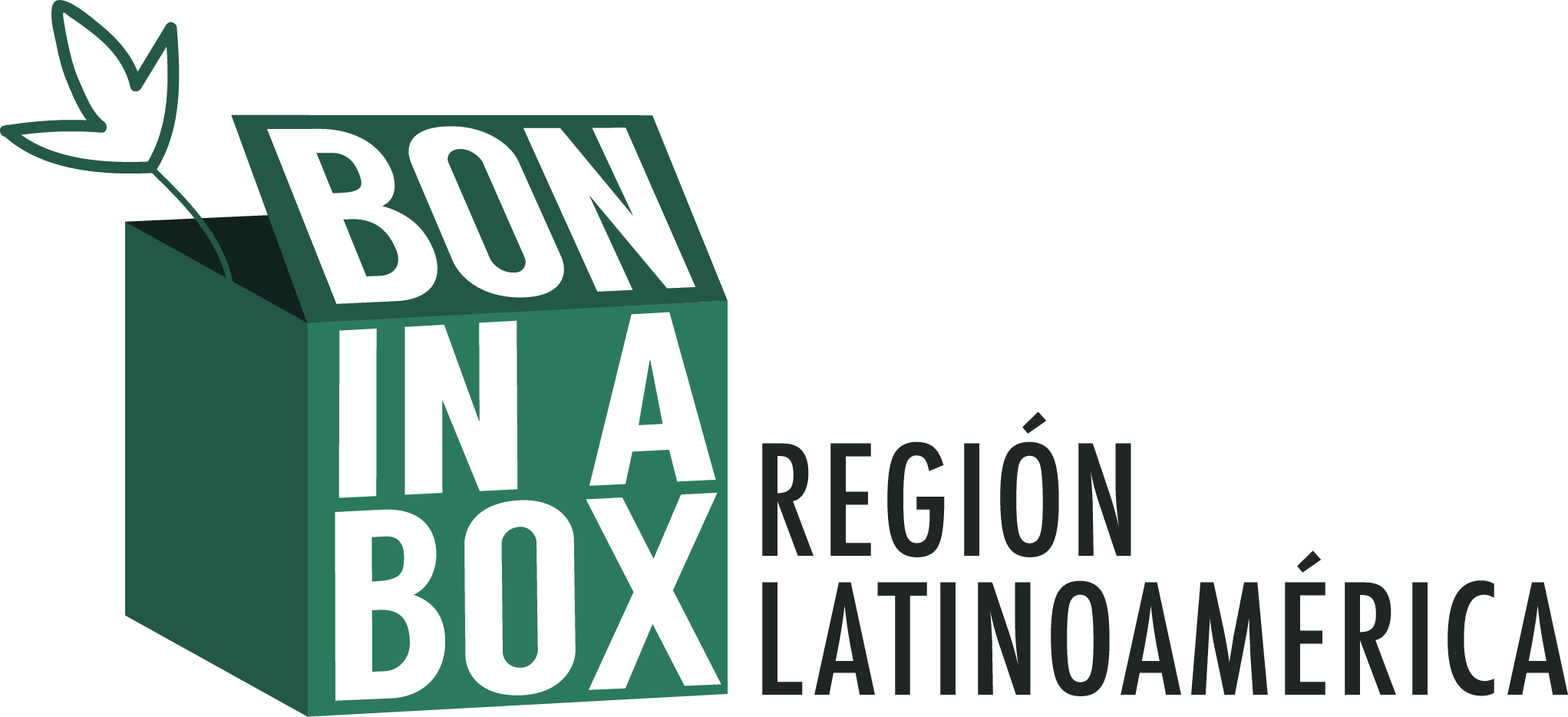Biodiversity Observation Networks (BONs) that are formally connected to GEO BON can be national (e.g. Colombia), regional (e.g. the Circumpolar Biodiversity Monitoring Program) or thematic (e.g. Marine BON) in scope. The role of the Biodiversity Observations Networks is to develop, apply and test the concepts, methods and tools to implement and enhance operational networks; collecting observations and providing data to the community and users. In this capacity, they are recipients of the outputs of the EBV Working Groups (e.g. EBV monitoring frameworks and tools) but also contributors via the development and contribution of useful tools for EBV generation and application at national, regional and thematic scales. This two way interaction via the GEO BON network serves to continually improve the process by which BONs are designed and implemented. To further support the development of Biodiversity Observation Networks, Colombia’s Humboldt Institute, on behalf of GEO BON, has led on developing the first prototype of BON in a Box: Improving Capacity for Biodiversity Conservation. BON in a Box is a customizable and continually updated online toolkit that connects scientists and tool developers around the world and lowers the threshold for the start-up or enhancement of a national, regional or local biodiversity observation system. It serves as a technology transfer and capacity building mechanism that ensures researchers around the world have access to the latest technologies and can build and implement biodiversity observation systems that are interoperable using international standards4.
BON in a Box is primarily designed to serve the needs and interests of national governments and institutions who need high quality biodiversity data to inform their domestic and international reporting requirements and conservation commitments. The beta version of BON in a Box is accessible online: https://boninabox.geobon.org
BON in a Box is being continually updated with a full version ready since the end of 2016 and is being used to support the development of a national BON in Colombia.
About BON DevelopmentCo-Leads
 Maria Cecilia Londoño Humboldt Institute, Colombia |
 Mike Gill GEO BON, Canada |
 Petteri Vihervaara Finnish Environment Institute SYKE |
| Interested to join? Click the Register button. |
Key objectives
The development of Biodiversity Observation Networks, or BONs, will be carried out by the BON Development Working Group. The Key Objectives of the WG are to facilitate the development or enhancement of BONs across different scales and themes by working with the BONs and EBV Working Groups to:
- Identify, document and deliver best practices in the process of development and implementation of existing and developing BONs and using them as examples for other BONs development and enhancement;
- Provide a flexible framework for designing a user-driven BON recognizing the diversity of objectives and users from different BONs;
- Work with the EBV Working Groups and EBV Framework Task Force in the development of guidelines for applying the EBV framework for BON development and utilize national, regional and global pilots.
- Provide easy access to state-of-the-art tools for biodiversity observations and EBV implementation.
- Promote and facilitate cooperation and communication for knowledge and technology transfer between national and thematic BONs.
To meet the above objectives will require the BON Development Working Group keeping the BON and the EBV Working Groups fully aware of each other’s progress and providing a conduit by which the outputs of these developments can be applied via BON development guidance and frameworks and via BON in a Box.
Our approach to guiding the development and/or enhancement of a national, regional or thematic biodiversity observation network involves three key approaches and core activities:
- Developing a Consistent but Flexible Biodiversity Observation Network Design Process
- Strengthening Biodiversity Observation Networks through improved discovery, access and use of best practices and tools for biodiversity observation
- Building communities of practice for BON development and EBV operationalization at national and regional scales
1. Developing a Flexible Framework for BON Design
| Lead | Mike Gill | |||
| Partners | TBD | |||
| Description | This activity will be organized in three tasks:
|
|||
| Timeline | 2017 | 2018 | 2019 | 2020 |
| Milestones and/or Deliverables | Manuscript on the support of BONs forIPBES Assessments is submitted | Delivery of the BON Development manual | ||
| Resources | Funding needed for the organisation of a workshop on the BON Development Manual | Funding needed for publication costs | ||
| Link with other WG, BONs, TF | BON Development Manual: Include BONs (national, regional and thematic in its production), select test cases and ask the EBV WGs to write specific sections for BON design to serve specific EBVs. Ensuring BONs support IPBES Assessments: Use the Colombian BON process as the basis for this paper and bring in key GEO BON/IPBES members for development. | |||
2. Development of BON in a Box
| Lead | Maria Cecilia Londoño | |||
| Team/Partners | Mike Gill, Eduarso Dalcin, Peter Benton, Andrew Skowno, GEO BON MC | |||
| Description | This core activity will be organized in four tasks:
|
|||
| Timeline | 2017 | 2018 | 2019 | 2020 |
| Milestones and/or Deliverables | Publication of the BON in a Box concept paper. All selected tools are added to the online platform | Release of BON in a Box version 2.0 | ||
| Resources | Support hired by the Humboldt institute to help in the management and incorporation of tools in the version 1.0 | Financial resources needed to develop the version 2.0 of BON in a Box | Financial resources needed to develop the version 2.0 of BON in a Box | |
| Link with other activities | By nature, this activity will involve interactions with all WGs and BONs in order to identify the relevant tools, and review their metadata. This activity will be also supported by the Policy TF. | |||
3. Building communities of practice for BON development
| Lead | Petteri Vihervaara | |||
| Team/Partners | Andrew Skowno, Mao-Ning Tuanmu, Peter Benton, Eduardo Dalcin, Mike Gill | |||
| Description | The main aim of this activity is to build communities of practice for BON development and EBV operationalization at national and regional scales by creating a direct link between the EBV working groups and the Biodiversity Observation Networks. This activity is divided in six tasks:
|
|||
| Timeline | 2017 | 2018 | 2019 | 2020 |
| Milestones and/or Deliverables | ||||
| Resources | ||||
| Link with other activities | By nature, this activity will involve interactions with all WGs and BONs. | |||
Navarro, Laetitia M, Néstor Fernández, Carlos Guerra, Rob Guralnick, W Daniel Kissling, Maria Cecilia Londoño, Frank Muller-Karger, et al. 2017. “Monitoring biodiversity change through effective global coordination”. Current Opinion in Environmental Sustainability. 29: 158-169. Download as PDF | doi.org/10.1016/j.cosust.2018.02.005
Vihervaara, Petteri, Ari-Pekka Auvinen, Laura Mononen, Markus Törmä, Petri Ahlroth, Saku Anttila, Kristin Böttcher, et al. 2017. “How Essential Biodiversity Variables and remote sensing can help national biodiversity monitoring”. Global Ecology and Conservation. 10: 43-59. Download as PDF | doi.org/10.1016/j.gecco.2017.01.007
 BON in a Box is a regionally customizable and continually updated online toolkit for facilitating the start-up or enhancement of national or regional biodiversity observation systems.
BON in a Box is a regionally customizable and continually updated online toolkit for facilitating the start-up or enhancement of national or regional biodiversity observation systems.
BON in a Box aims to serve as a technology transfer mechanism that allows countries access to the most advanced and effective monitoring protocols, tools and software thereby, lowering the threshold for a country to set up, enhance or harmonize a national biodiversity observing system.
Learn more about BON in a Box on the following page: geobon.org/bon-in-a-box

